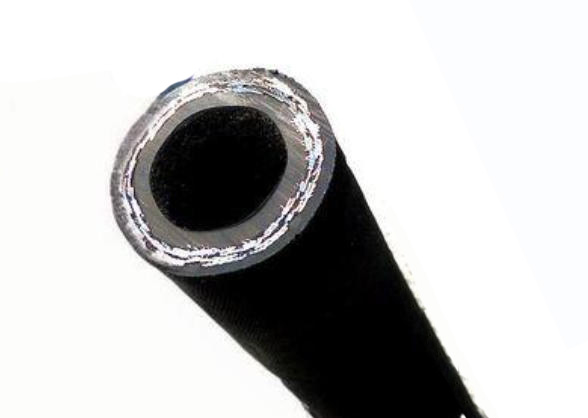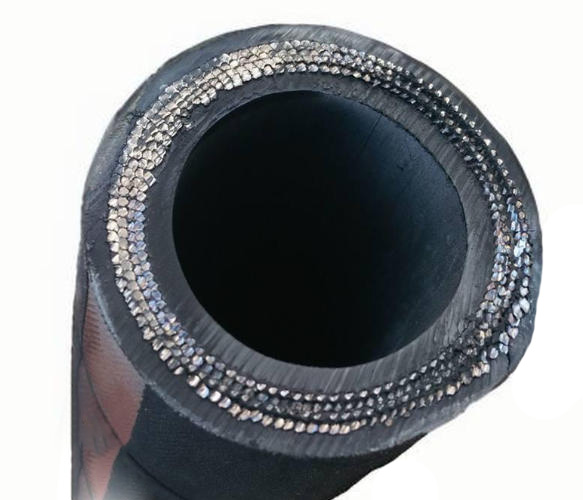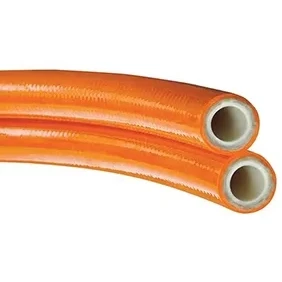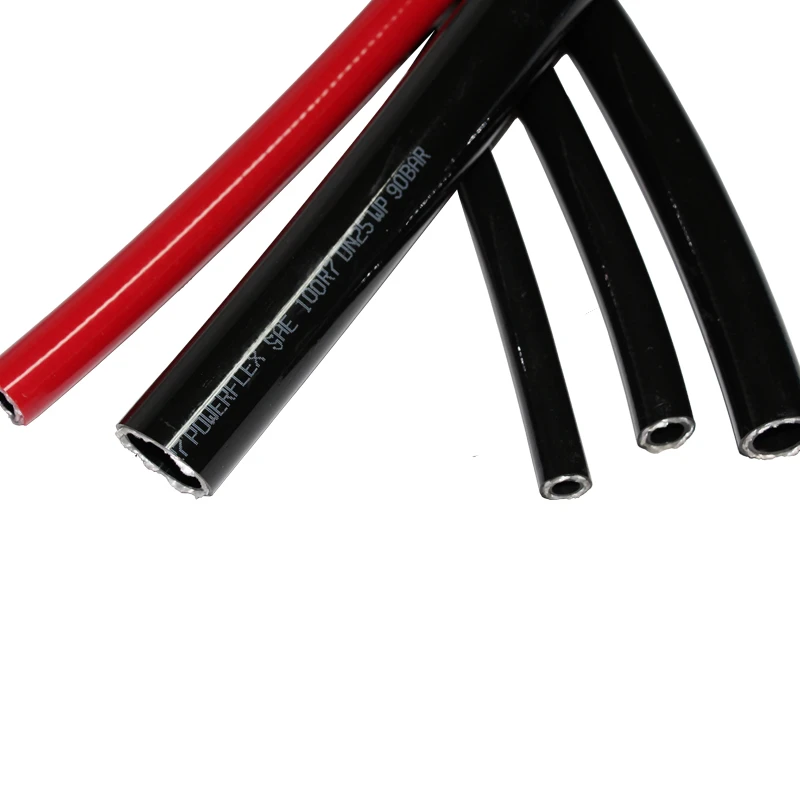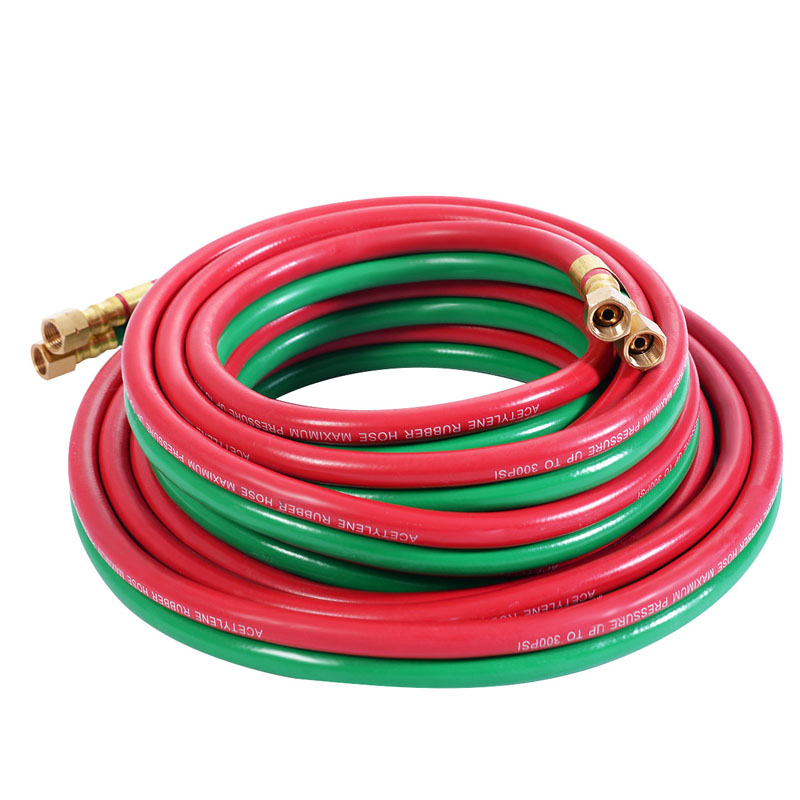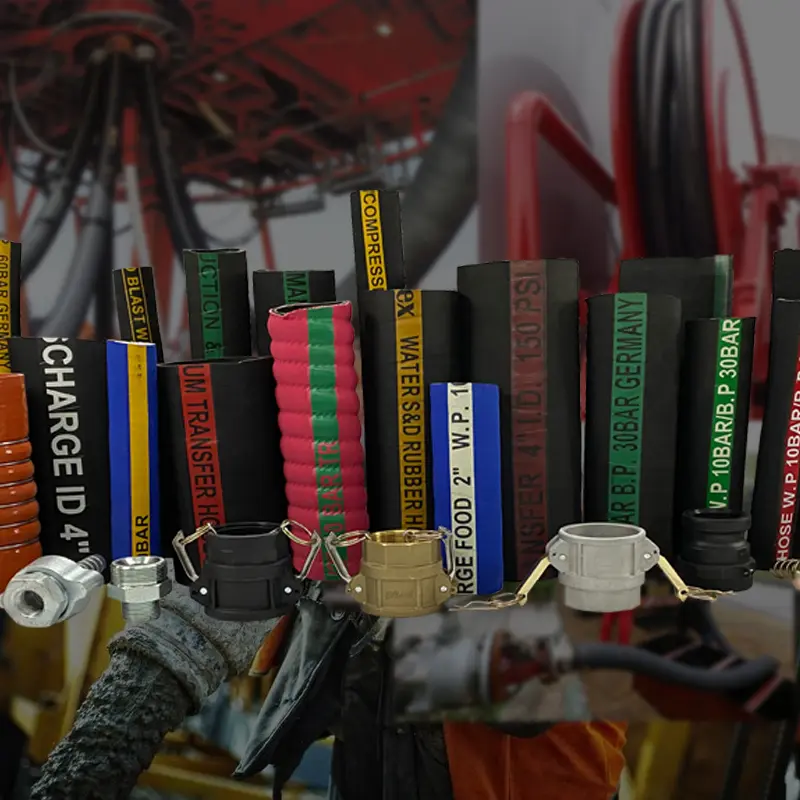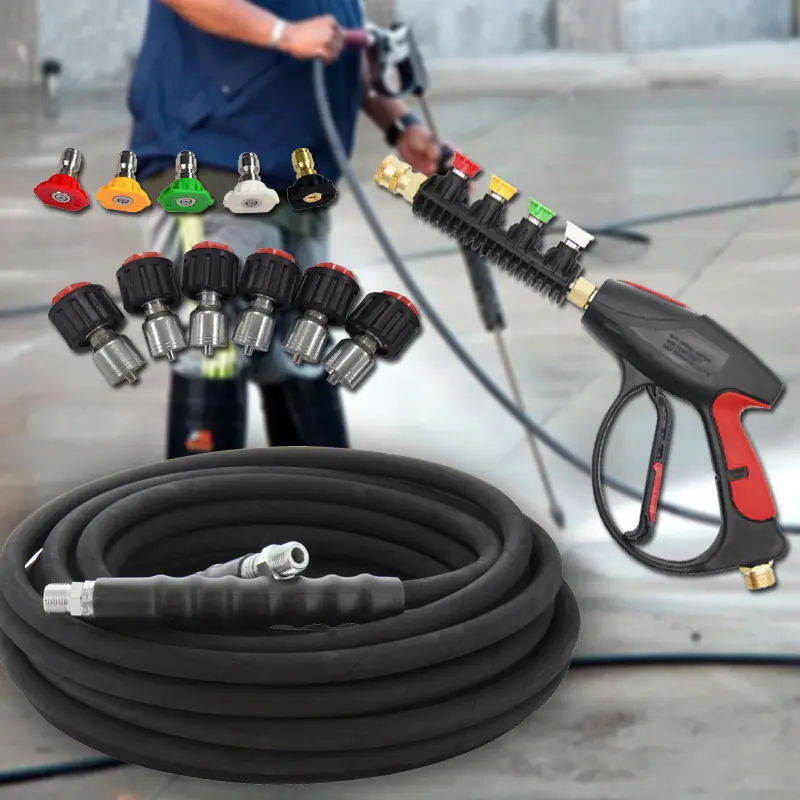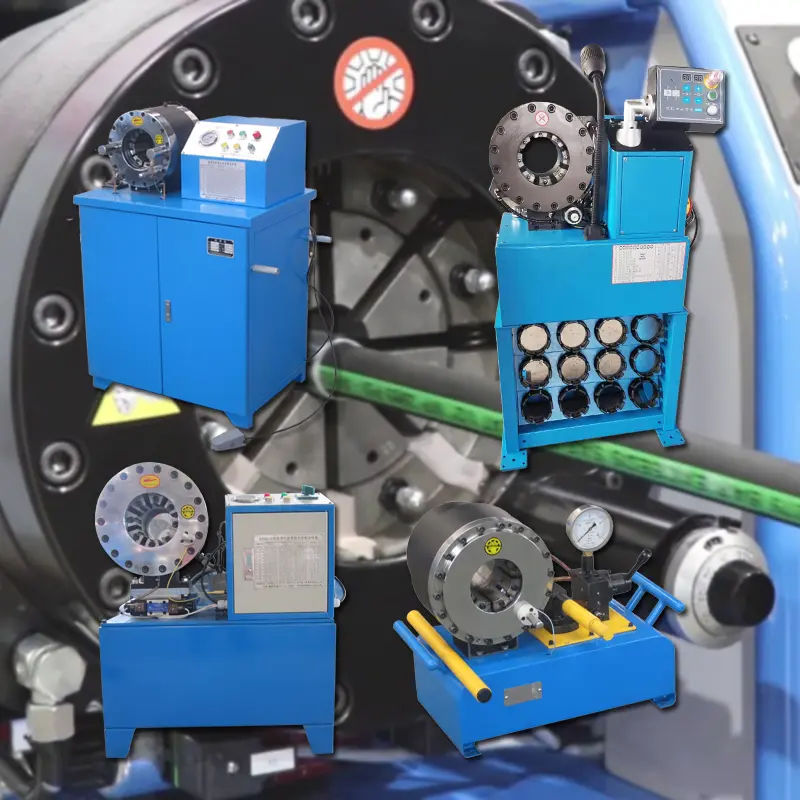Hydraulic hoses are essential components in industrial, construction, and mobile machinery systems. They transfer hydraulic fluids under pressure to enable movement and operation of equipment. Among the most common types are two wire hydraulic hose and steel wire braided hydraulic hose, which differ in reinforcement, pressure capacity, and flexibility. Understanding these differences helps ensure system safety, efficiency, and longevity.
Manufacturing Process of Two Wire Hydraulic Hose
A two wire hydraulic hose is reinforced with two layers of braided steel wire. Common models include EN853 2SN hydraulic hose , EN 857 2SC, and SAE 100R17. The hose typically consists of three layers:
-
Inner Tube: Made of oil-resistant synthetic rubber for safe fluid transport.
-
Braided Reinforcement: Two layers of braided steel wire provide strength, moderate pressure resistance, and flexibility.
-
Outer Cover: Protects the hose from abrasion, weather, and chemical exposure.
Steel wire braided feature: The braided construction allows better flexibility and easier installation in confined spaces compared to spiral-wound hoses.
Applications: Suitable for medium to high-pressure hydraulic systems in construction machinery, forklifts, and general industrial equipment.
Manufacturing Process of 4-Wire Hydraulic Hose
In contrast, 4-wire hydraulic hoses, such as SAE100 R9, R12,high-pressure hydraulic hose R13, and R15, use a steel wire spiral reinforcement design.
-
Spiral layers: Alternating layers of steel wire wound in opposite directions provide extremely high pressure resistance.
-
Inner tube and outer cover: Similar to two wire hoses, but the focus is on pressure handling rather than maximum flexibility.
-
Flexibility: Less flexible than braided hoses, requiring larger bend radii during installation.
4-wire hoses are ideal for high-pressure applications where durability under extreme loads is critical.
Two wire hydraulic hose:
-
Designed for medium to high-pressure systems.
-
Typical working pressure ranges from 210 bar to 350 bar depending on size and standard.
-
The braided steel reinforcement distributes pressure evenly and allows safe operation in most industrial systems.
Four wire hydraulic hose:
-
Handles very high pressures, often exceeding 500 bar.
-
Spiral reinforcement prevents hose expansion and bursting under extreme pressure.
-
Used in heavy-duty mobile and industrial applications where high reliability is essential.
Summary: 4-wire hoses offer significantly higher pressure resistance, while two wire hoses prioritize flexibility and moderate pressure applications.
Bend radius is critical for hose routing and installation.
-
Two wire hydraulic hose: The braided steel design allows a smaller minimum bend radius, making it suitable for tight installations and complex layouts.
-
Four wire hydraulic hose: Spiral steel layers require larger bend radii. Twisting or bending too sharply can damage the reinforcement and shorten hose life.
Flexibility is a major advantage of steel wire braided hydraulic hose in applications with frequent movement or compact spaces.
Durability depends on construction, operating pressure, temperature, and environmental conditions.
-
Two wire hoses: Good durability under vibration and moderate pressure cycles. Resistant to kinking and fatigue.
-
Four wire hoses: Exceptional durability under extreme pressure and mechanical stress. Less flexible but highly resistant to rupture.
Regular inspection and maintenance are essential for both types to prevent leakage, hose bursts, or abrasion damage.
Two wire hydraulic hose applications:
-
Medium-pressure mobile equipment (excavators, loaders)
-
Hydraulic circuits in industrial machinery
-
Agricultural equipment
Four wire hydraulic hose applications:
-
High-pressure systems in heavy machinery
-
High-pressure fluid transfer over long distances
-
Systems requiring maximum safety under extreme loads
Selection tips:
-
Determine maximum operating pressure and apply a safety factor.
-
Consider hose routing and minimum bend radius.
-
Evaluate temperature and chemical exposure.
-
Ensure compatibility with hydraulic fluid.
FAQs About Two Wire and 4-Wire Hydraulic Hoses
What is a two wire hydraulic hose used for?
A two wire hydraulic hose is used in medium to high-pressure hydraulic systems, such as construction machinery and industrial equipment. It provides flexibility and reliable pressure handling.
How does a steel wire braided hydraulic hose differ from a 4-wire spiral hose?
Steel wire braided hydraulic hose uses braided reinforcement for flexibility and moderate pressure, while 4-wire spiral hoses have coiled steel layers for very high pressure resistance but less flexibility.
Can a two wire hose replace a four wire hose?
No. Two wire hoses are suitable for medium-pressure applications, whereas four wire hoses are necessary for extreme high-pressure systems.
What factors affect the lifespan of hydraulic hoses?
Operating pressure, temperature, chemical exposure, bending frequency, and abrasion affect lifespan. Proper installation and inspection extend service life.
How do I choose between a two wire and a four wire hydraulic hose?
Consider system pressure, bend radius, installation space, and application type. Two wire hoses suit medium-pressure and tight spaces, while four wire hoses are required for high-pressure, heavy-duty applications.
Product Application









